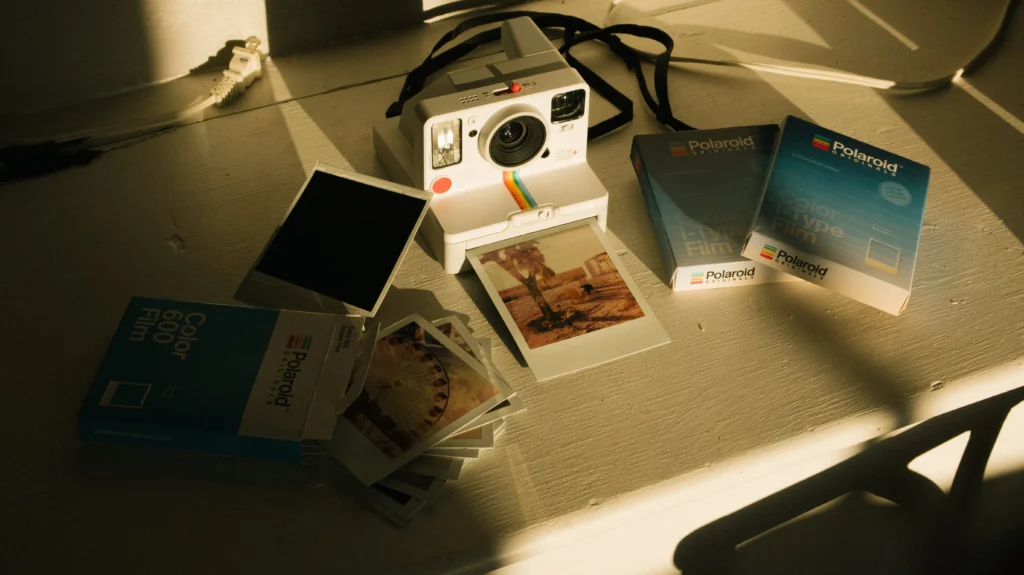
Sure! Here’s an example of an article titled “The Ultimate Guide to Caring for [Product Type]”. Let’s assume the product type is “Leather Goods”, but you can easily swap in any product type (e.g., clothing, electronics, furniture) based on your store’s focus.
The Ultimate Guide to Caring for Leather Goods
Leather goods are timeless and stylish, but they require proper care to maintain their durability and appearance. Whether you’re caring for a leather handbag, jacket, shoes, or furniture, taking the time to properly maintain leather will ensure it looks great and lasts for years. In this ultimate guide, we’ll cover everything you need to know about caring for your leather goods, from cleaning and conditioning to protecting and storing them.
1. Understand the Different Types of Leather
Before you dive into caring for your leather items, it’s important to understand the type of leather you’re dealing with. There are several types, and each may require slightly different care methods:
- Full-Grain Leather: The highest quality leather with the most durability. It ages beautifully, developing a rich patina over time.
- Top-Grain Leather: Slightly more processed than full-grain, it’s still durable and has a smooth, polished finish.
- Genuine Leather: A lower-quality leather, usually made from the remaining layers of the hide, often used for budget-friendly products.
- Suede: A soft, velvety texture made from the underside of the hide. It requires extra care to avoid stains and moisture damage.
- Nubuck: Similar to suede but with a slightly more refined finish. It can be prone to stains and requires more attention to keep clean.
2. Cleaning Your Leather Goods
Keeping your leather items clean is essential to maintaining their look and longevity. Here’s how to do it safely:
- Dusting Regularly: Use a soft, dry cloth to wipe away dust and dirt. This should be done regularly to prevent buildup.
- Spot Cleaning Stains: For small stains, use a damp cloth with a mild soap solution. Test the soap on an inconspicuous area first to make sure it doesn’t affect the color or texture of the leather.
- Avoid Water: Leather is sensitive to water, and excessive moisture can damage its surface. If your leather item gets wet, gently blot it with a dry cloth and let it air dry naturally (avoid direct heat or sunlight, as this can cause it to crack).
- Use a Leather Cleaner: For a deeper clean, invest in a high-quality leather cleaner. Follow the instructions on the product, and always test it on a hidden spot before applying it to the entire item.
3. Conditioning Your Leather Goods
Leather can dry out over time, especially if exposed to sunlight or dry air. Conditioning your leather items helps keep them soft, supple, and looking fresh.
- When to Condition: You should condition your leather goods at least every 6 months, or more frequently if they appear dry or have been exposed to harsh conditions.
- Choose the Right Leather Conditioner: Look for a conditioner that is specifically designed for the type of leather you own. Avoid using products that contain petroleum-based ingredients, as they can dry out leather over time.
- How to Apply: Apply a small amount of conditioner to a soft cloth and gently rub it into the leather in circular motions. Be sure to cover all areas evenly, paying extra attention to areas that may be prone to cracking (like bends or folds).
4. Protecting Leather from Stains and Damage
Leather is prone to staining from oils, food, and moisture, so it’s important to take proactive steps to protect it.
- Use a Leather Protector: After cleaning and conditioning, apply a leather protectant spray to create a barrier against dirt and moisture. This is especially important for items like shoes or handbags that are exposed to the elements.
- Avoid Oils and Cosmetics: Keep your leather goods away from oils, lotions, and cosmetics, as these substances can leave marks or discolor the leather.
- Store Properly: Always store your leather items in a cool, dry place away from direct sunlight or heat sources. If possible, store leather shoes or bags in dust bags or fabric pouches to prevent dust buildup and to keep them from getting scratched.
5. Avoiding Common Leather Care Mistakes
There are a few common mistakes people make when caring for leather goods. To avoid them, remember:
- Never Use Household Cleaners: Household cleaning products, such as furniture polish or all-purpose cleaners, can damage the finish of your leather and may leave stains.
- Avoid Direct Heat: Never dry your leather goods with a hairdryer or place them near a radiator, fireplace, or heater. Excessive heat can cause leather to shrink, crack, or lose its color.
- Don’t Over-Condition: While conditioning is important, too much conditioner can clog the pores of the leather and cause it to lose its breathability. Stick to the recommended frequency.
6. Handling Scratches and Scuffs
Leather is a natural material and will develop patina over time, but scratches and scuffs are often inevitable. Here’s how to handle them:
- For Minor Scratches: Gently rub the scratched area with a soft cloth to buff out the mark. You can also use a small amount of leather conditioner to help minimize the appearance of the scratch.
- For Deeper Scratches or Scuffs: For more serious damage, you may need a leather repair kit, which typically includes a filler, dye, and instructions for restoring your item. For valuable or sentimental items, it might be best to consult a professional leather restorer.
7. Storing Your Leather Goods
Proper storage is essential to keeping your leather items in top condition. Here’s how to store leather goods properly:
- Leather Bags and Purses: Store leather bags upright to maintain their shape. Use dust bags for added protection and stuff the bag with tissue paper or fabric to help it retain its structure.
- Leather Shoes: Keep shoes in their original boxes or use shoe trees to maintain their shape. Avoid leaving them in damp places, as this can lead to mildew or mold growth.
- Leather Jackets and Clothing: Hang leather jackets on wide, padded hangers to avoid stretching the material. Use a garment bag for added protection, especially if storing them for long periods.
8. Dealing with Stubborn Odors
If your leather goods develop a musty or unpleasant smell, here are some tips for removing odors:
- Use Baking Soda: Place an open box of baking soda inside leather bags or shoes to absorb odors. Let it sit for a few days before removing.
- Air it Out: Simply leaving leather items in a well-ventilated area can often help eliminate odors. Avoid storing leather goods in airtight containers, as this can trap moisture and cause mildew.
- Leather-Specific Odor Removers: Some leather care products come with odor-removing properties. Be sure to test these products on a hidden area before applying them to the entire item.
Conclusion:
Caring for your leather goods doesn’t have to be difficult, but it does require attention and effort. By following the steps outlined in this guide—cleaning, conditioning, protecting, and properly storing your leather items—you can extend their life and enjoy their beauty for many years to come. Leather ages gracefully, and with the right care, your leather products will develop a unique patina that adds to their charm and character. Happy caring!
This guide can be customized for any type of product you sell, whether it’s watches, electronics, furniture, or clothing. If you’d like a version tailored to a specific product type, feel free to let me know!





